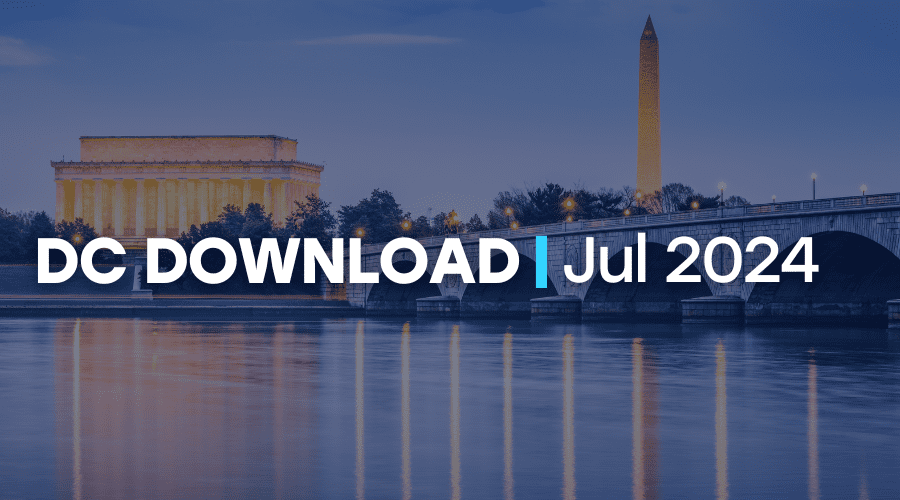By Sarah Wachtel
Changes to the Fair Labor Standards Act have implications for the charitable sector
This December, changes to the Federal Labor Standards Act (FLSA), which regulates employee overtime pay, take effect, and they are expected to have significant impact on nonprofit organizations, many of which are now preparing for the short implementation timeline.
The final rule published in May, nearly a year after the Department of Labor (DOL) called for comment on a proposal to amend the FLSA, increased the salary threshold for overtime eligibility from $23,660 to $47,476 per year, or from $455 to $913 per week (updated every three years). The rule includes an exemption for some organizations that provide Medicaid-funded services to people with intellectual disabilities. The agency will not enforce the rule for this subset of organizations until March 2019.
In September 2015, Independent Sector submitted comments to the Department of Labor acknowledging the importance of providing a living wage and supporting increases to the overtime threshold but also highlighting concerns about the changes and their potential impact on the charitable community. IS made recommendations for the final rule, including a phased in approach and accounting for regional economic and market differences.
Implications for the sector
How the revised rule impacts a nonprofit organization and its employees is largely determined by whether an organization:
- Has “business” revenue of at least $500,000, otherwise known as “enterprise coverage”; or
- Has employees conducting work that regularly involves commerce between states, such as sending mail to or receiving donations from people located in other states, prompting “individual coverage” of the employees in this category.
Beyond the federal criteria, some state laws indicate that changes to federal rules apply to most employers in the state, and it is advisable for charitable organizations to consult with legal counsel in their states to clarify how FLSA applies to their staff.
On May 18, the DOL released guidance specific to nonprofit organizations, outlines several options for employers to consider in order to comply with the law. These include reclassification of employees, rebasing or increasing salaries, and reducing hours worked.
Shortly after the final rule was published, more than 1,000 individuals from organizations across the sector joined a two-part webinar series IS hosted in May, following the release of the final rule—one with Department of Labor officials providing an overview of current law as it applies to charitable organizations, and the other guiding nonprofits on how to prepare for the changes.
Learn more about the latest developments with this rule change on the IS website.



